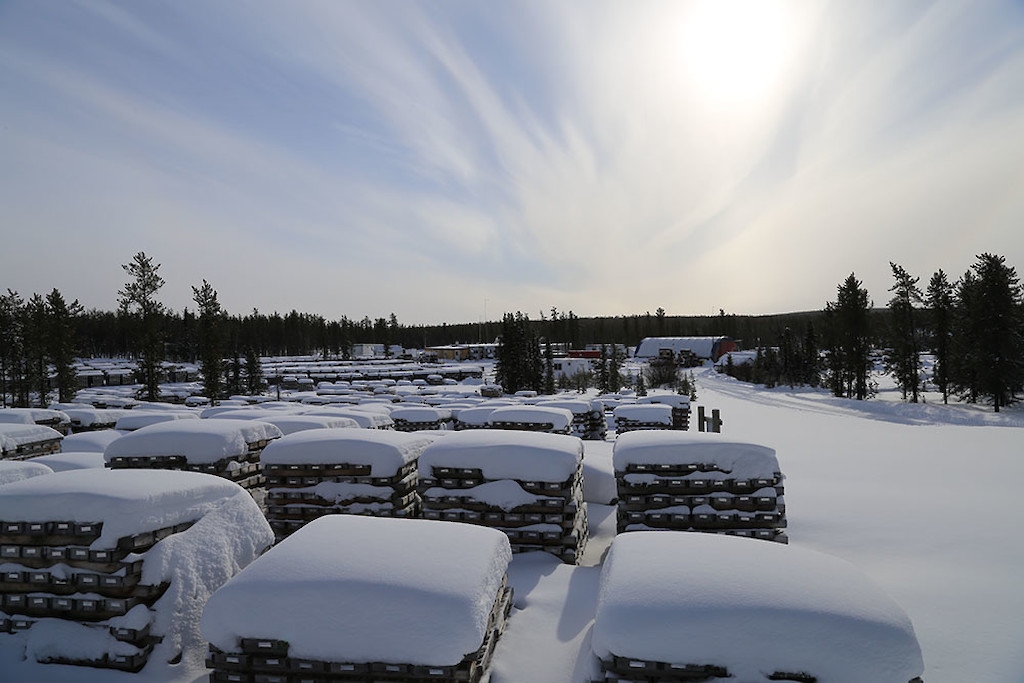Denison hits 24.9% U3O8 outside high-grade domain at Wheeler River’s Phoenix deposit


Denison Mines (TSX: DML; NYSE: DNN) has drilled multiple intersections of high-grade mineralization beyond the previously defined high-grade domain in the phase one area of the zone A portion of the Phoenix deposit. The Phoenix deposit is part of Denison’s 95%-owned Wheeler River project in the Athabasca Basin of Saskatchewan.
Three drill holes were completed last fall to follow up on results from hole GWR-045 (22% uranium oxide over 8.6 metres) drilled last summer.
Hole DWT-029 returned 24.9% uranium oxide over 42 metres. It cut a thick interval of unconformity associated mineralization that, when taken with the results of GWR-045, is expected to expand the high-grade domain to the northwest outside the current resource model.
Hole WR-787 was designed to follow up on GWR-049 by targeting the unconformity 6 metres to the north. Again, the unconformity was encountered, and the second hole returned 3.6% uranium oxide over 3.5 metres, including 15.2% uranium oxide over 0.7 metre.
Hole WR-784 tested the mineralization 6 metres northwest of hole GWR-045. It encountered perched mineralization grading 1.2% uranium oxide over 2.1 metres, lying about 6.5 metres above the unconformity.
Wheeler River is the largest undeveloped uranium project in the eastern part of the Athabasca Basin. It contains indicated resources of 1.8 million tonnes averaging 3.3% uranium oxide for 132.1 million lb. and an inferred resource of 82,000 tonnes at 1.7%, containing 3 million lb. uranium oxide.
A prefeasibility study completed in 2018 considered developing the Phoenix deposit as an in situ recovery (ISR) operation. According to the study, the project could produce 109.4 million lb. uranium oxide over a 14-year mine life. The after-tax net present value, with an 8% discount rate, would be $755.9 million and the internal rate of return 32.7%. Initial capital costs would be $1 billion, but it would generate an operating cash flow of $4.3 billion.
More information is available on www.DenisonMines.com.
Comments